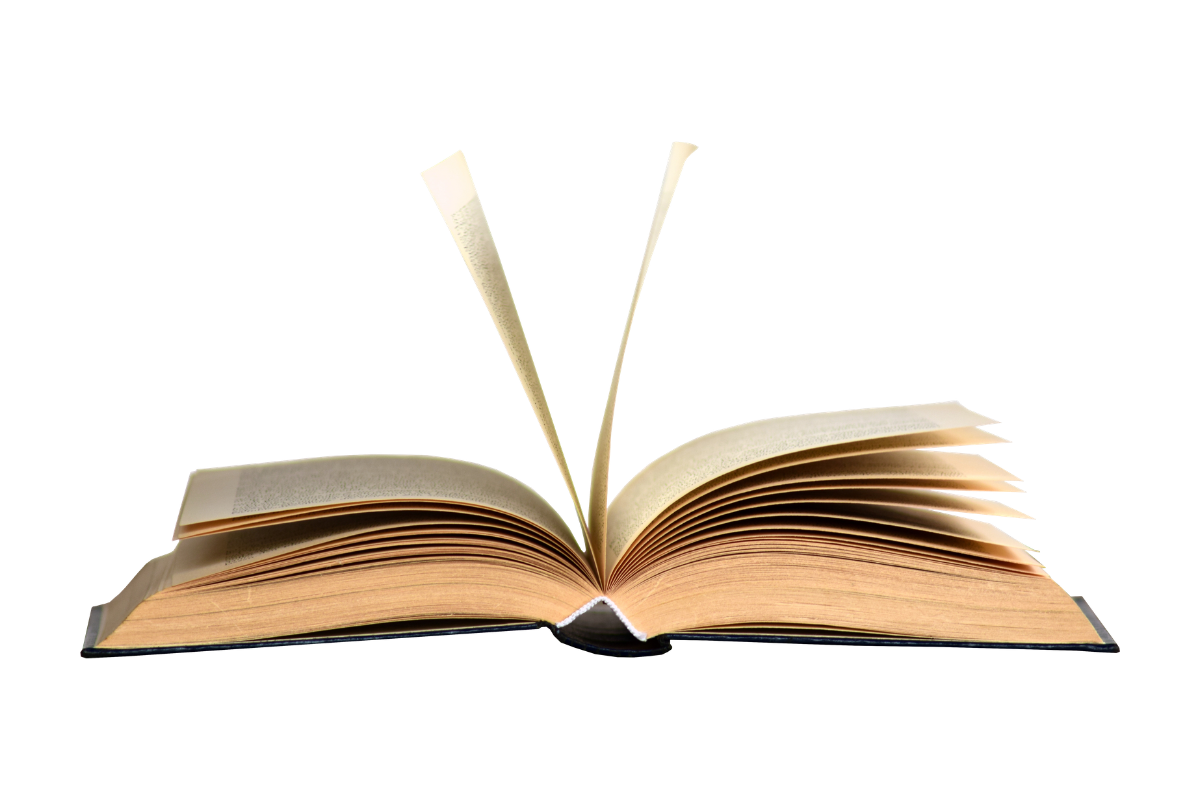As humans, we may not always stop to think about the intricate workings of the plant world around us. However, the study of plant physiology unlocks a whole new world of understanding about how plants grow, develop, and function. In this article, we will be exploring the wonders of plant physiology and providing a review of the book ‘Plant Physiology and Development’ by Lincoln Taiz and Eduardo Zeiger.
Introduction to Plant Physiology
Plant physiology is the study of how plants function, grow, and develop. It involves understanding the various processes that take place within a plant, such as photosynthesis, respiration, and transpiration. Plant physiology plays a vital role in our lives, as plants provide us with food, medicine, and oxygen.
Overview of ‘Plant Physiology and Development’
‘Plant Physiology and Development’ is a comprehensive textbook that provides an in-depth look at plant physiology. The book is divided into 25 chapters, each covering a different aspect of plant physiology. Some of the topics covered in the book include plant cells, water and mineral transport, plant hormones, and environmental physiology.
One of the standout features of this book is its use of clear and concise language. The authors have done an excellent job of presenting complex concepts in a way that is easy to understand. Additionally, the book is filled with illustrations, diagrams, and photographs that help to further explain the concepts presented.
Chapter Highlights
Chapter 1: Cells, Tissues, and Organs of the Plant Body
In this chapter, the authors provide an overview of the various types of cells, tissues, and organs that make up a plant. They discuss the structure and function of each component, and how they work together to support plant growth and development.
Chapter 5: Transport in Plants I: Water and Mineral Uptake
Water and mineral uptake is a vital process for plants, as it provides the nutrients and water they need to survive. In this chapter, the authors discuss the various mechanisms that plants use to take up water and minerals from the soil.
Chapter 10: Phytochrome and Light Control of Plant Development
Light plays a significant role in plant development, and this chapter explores the mechanisms by which plants sense and respond to light. The authors discuss the role of phytochrome, a pigment that helps plants detect light, and how it influences plant growth and development.
Chapter 18: Abiotic Stress, Plant Responses to
Plants are constantly exposed to a variety of stressors, such as drought, salinity, and extreme temperatures. In this chapter, the authors discuss how plants respond to these stressors and the various mechanisms they use to survive in challenging environments.
Conclusion
In conclusion, ‘Plant Physiology and Development’ is an excellent resource for anyone interested in learning more about plant physiology. The book provides a thorough overview of the various processes that take place within a plant, and the authors have done an excellent job of presenting the information in a way that is easy to understand. Whether you’re a student, researcher, or just someone interested in learning more about the natural world around us, this book is definitely worth checking out.



